What is Biomass?
Biomass, a cornerstone of the renewable energy landscape, is organic material used as a sustainable energy source. This blog post delves into the concept of biomass, its role in energy production, particularly through anaerobic digestion, and the integration of this technology in the UK's renewable energy strategy.
Understanding Biomass
Biomass refers to organic materials, such as wood, straw, energy crops, and even food waste, utilised to generate electricity, heat, and motive power. The energy from biomass is harnessed through processes like burning and fermentation, offering a renewable alternative to fossil fuels.
Biomass in the UK's Renewable Energy Supply
Biomass accounts for around 85% of the UK's renewable energy supply, highlighting its significance in the nation's energy mix. The diversity of biomass sources allows for a wide application, contributing to the UK's sustainability goals and energy independence.
Anaerobic Digestion: Unlocking the Potential of Biomass
Anaerobic digestion (AD) is a natural process where microorganisms break down biomass in the absence of oxygen, converting it into energy and nutrient-rich by-products.
The Process of Anaerobic Digestion
In anaerobic digestion, biomass is placed inside a sealed tank, or digester, where it undergoes decomposition by naturally occurring micro-organisms. This process generates biogas, a methane-rich gas used for renewable heat and power, cutting fossil fuel use and reducing greenhouse gas emissions. The remaining material, known as digestate, is rich in nutrients and serves as an excellent fertiliser.
Anaerobic Digestion Plants: Technology and Applications
Anaerobic digestion plants create conditions to encourage the natural breakdown of organic matter, producing biogas, nutrient-rich soil conditioners, and liquid fertilisers. The process, taking place in a digester, is warmed and mixed to create ideal conditions for biogas conversion, offering an efficient way to harness biomass energy.
Biomass and Anaerobic Digestion: Environmental and Commercial Benefits
Utilising biomass through anaerobic digestion brings numerous environmental and commercial benefits, aligning with the principles of sustainability and circular economy.
Environmental Benefits
Anaerobic digestion of biomass reduces greenhouse gas emissions, diverts organic waste from landfills, and minimises pollution. The process effectively manages organic waste, lessening the risks of disease spread and contamination, and contributing to integrated waste management.
The Future of Biomass and Anaerobic Digestion in the UK
As the UK continues to focus on renewable energy and sustainability, the role of biomass and anaerobic digestion is set to grow. Innovations in technology, supportive policies, and the increasing demand for renewable energy sources position biomass and anaerobic digestion as key players in the UK's energy landscape.
Policy Support and Technological Innovation
With government incentives and continuous technological advancements, the potential of biomass and anaerobic digestion in contributing to a sustainable, zero-waste future is immense. These advancements promise to address existing challenges and unlock new opportunities for sustainable energy production.
Conclusion
Biomass, through the process of anaerobic digestion, offers a sustainable pathway to renewable energy, contributing to environmental conservation and economic viability. As we continue to explore and innovate within this field, the role of biomass in shaping a sustainable and energy-independent future becomes increasingly significant. Embracing biomass and anaerobic digestion is a crucial step towards a greener, more sustainable world.
